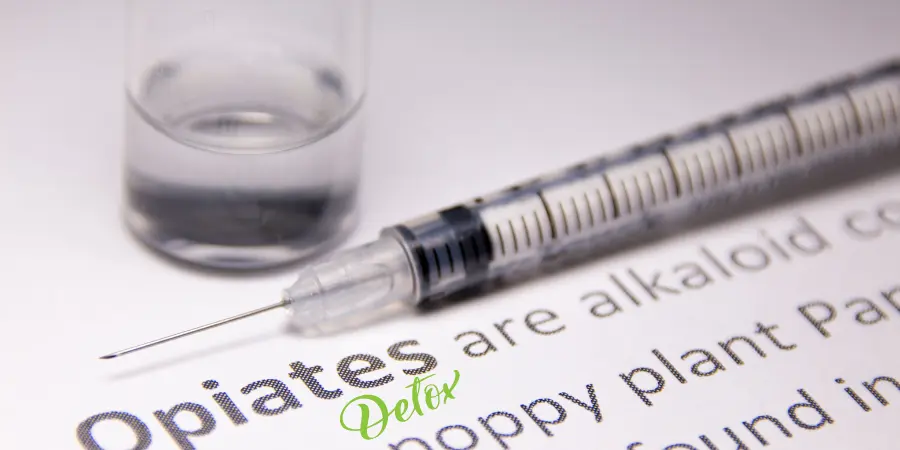
Written by:

Medically Reviewed by:
Last Updated:
August 13th, 2025
Opioid Detox and Withdrawal | Timeline and Treatment
Prescription opioids are meant to relieve pain but they can also quietly take control. What starts as something helpful can become something your body depends on just to feel okay. When that happens, detox becomes the necessary step needed toward getting your life back.
At Primrose Lodge, we offer a safe and structured setting for opioid detox. Whether you’ve been taking them for a short time or many years, we’ll help you through the early stages of withdrawal and into the next phase of recovery.

What opioid detox involves?
Opioids work by attaching to receptors in the brain and altering how you perceive pain. But over time, the brain starts to expect those chemicals. When they’re suddenly removed, withdrawal begins.
You might experience physical symptoms like sweating, chills or nausea. You might feel emotionally drained, anxious or on edge. Some people get through the early stages quickly, others need a slower taper. That’s why we tailor your detox to the type of opioid you’ve been taking, how long it’s been used and how your body reacts.
We don’t rush things. We keep the process steady and supportive. With the right approach, your body can gradually adjust and your mind can start to clear.
What is tapering?
Tapering means gradually reducing your dose instead of stopping all at once. It’s one of the most effective and safest ways to detox from opioids, especially if you’ve been using long term or at high doses.
At Primrose Lodge, we use tapering to ease you through withdrawal without shocking your system. By slowly decreasing the drug in your system, we can help reduce symptoms and give you space to regain physical and emotional balance. This method also allows us to check in frequently and adjust your plan based on how you’re responding.

Types of opioid detox
Each opioid affects the body in slightly different ways, which is why detox needs to be flexible and personal. Below are some of the detox types we support, each one built around the specific challenges the drug presents.
The opioid withdrawal timeline
No two detox experiences look the same. Your timeline will depend on the type of opioid, how it was taken and how your body responds. That said, most people move through three broad stages of withdrawal.
Early withdrawal (6 to 24 hours after last dose)
This is when symptoms begin. You might feel anxious, edgy or unsettled. Some people report chills, nausea or a general sense that something’s not right. Short-acting opioids like heroin or codeine can trigger symptoms within six hours, while longer-acting drugs like methadone or fentanyl may take longer to show.
Peak withdrawal (2 to 5 days)
Symptoms usually reach their peak here. You may feel body aches, cold sweats, fatigue, sleep disruption and strong emotional discomfort. This stage often feels like a flu that won’t lift and for some, cravings become hard to ignore.
Stabilisation (after day 5)
Physical symptoms usually begin to ease but energy may be low and sleep may still be disturbed. Some people feel emotionally flat or find their cravings come in waves. This period can last anywhere from a few days to several weeks.
What detox feels like at Primrose Lodge
You’re not expected to be strong every minute. You’re not alone in the hard parts. At Primrose Lodge, we make space for rest, reflection and support. From your first day with us, we build a detox plan that reflects who you are and what you’ve been through.
You’ll have:
- A private, quiet space where you can rest without pressure
- A team that checks in regularly, not forcefully
- A clear plan that shifts with your needs
- Support that includes body and mind, not just symptoms
This is the start of something different. It doesn’t have to be perfect, it just has to begin.
Contact us today and we’ll walk you through the next steps.
We’re ready whenever you are.




